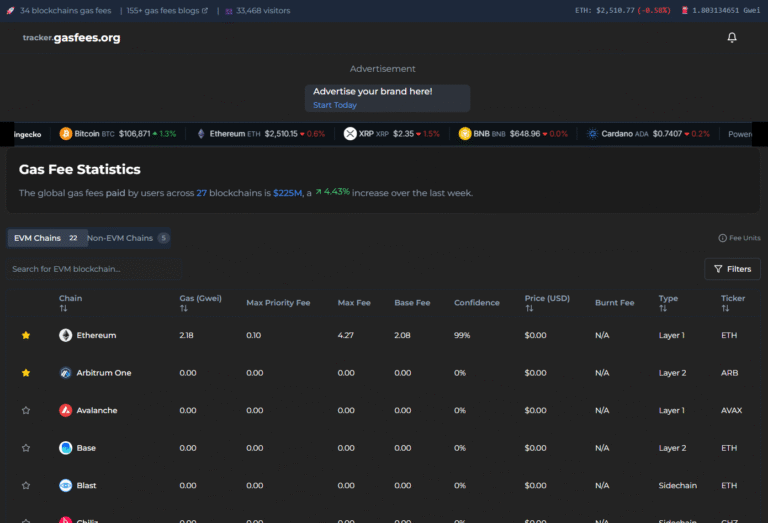
What is Acala Blockchain?
Written By: Mr. GasMan
In the rapidly evolving world of blockchain and cryptocurrency, new projects and platforms continue to emerge, each striving to offer unique solutions to the challenges facing the industry. One such project that has been gaining significant attention is Acala Network, a decentralized finance (DeFi) platform built on the Polkadot blockchain. In this blog post, we will explore what Acala Network is, its goals, and how it is poised to revolutionize the DeFi space.
What is Acala Network?
Acala Network is a blockchain platform that aims to bring DeFi to the Polkadot ecosystem. Polkadot is a multi-chain network that allows different blockchains to interoperate and share security, ultimately enabling more efficient and scalable blockchain applications. Acala, as one of the prominent projects in the Polkadot ecosystem, focuses on providing DeFi services with high scalability, low transaction costs, and seamless interoperability.

Key Features of Acala Network
- Stablecoin Platform: Acala Network features a stablecoin platform called Acala Dollar (aUSD). Stablecoins are digital assets designed to maintain a stable value, often pegged to a fiat currency like the US dollar. aUSD is a decentralized and trustless stablecoin that can be used for various DeFi applications within the Acala ecosystem.
- Liquid Staking: Acala allows users to stake their DOT (Polkadot’s native cryptocurrency) and receive staked DOT tokens known as Liquid DOT (L-DOT). These L-DOT tokens can then be used as collateral to mint aUSD stablecoins. This feature allows DOT holders to participate in DeFi activities while still earning staking rewards.
- Cross-Chain Compatibility: Acala is built on Polkadot, a blockchain network known for its interoperability features. This allows Acala to interact with other parachains and projects within the Polkadot ecosystem, enabling seamless cross-chain transfers and interactions.
- Decentralized Exchange (DEX): Acala features a decentralized exchange called Acala DEX. Users can trade assets directly on this platform, providing a secure and efficient way to swap cryptocurrencies without relying on centralized exchanges.
- Governance and Governance Token (ACA): Acala’s governance system allows ACA token holders to participate in decision-making processes, such as protocol upgrades and parameter adjustments. The ACA token is also used for staking, providing liquidity, and participating in the platform’s governance.
Why Acala Network Matters
Acala Network addresses several critical challenges facing the DeFi space:
- Scalability: By being part of the Polkadot ecosystem, Acala leverages Polkadot’s inherent scalability features, allowing it to handle a high volume of transactions without congestion or high gas fees.
- Interoperability: Acala’s cross-chain compatibility ensures that assets and data can move seamlessly between different blockchains within the Polkadot network, enhancing the overall DeFi experience.
- Stablecoins and Staking: The combination of a stablecoin platform and staking capabilities provides users with a more diversified and risk-managed approach to participating in DeFi.
- Community Governance: Acala’s governance model empowers its community members to have a say in the platform’s development and decision-making processes, making it more decentralized and community-driven.
Conclusion
Acala Network is poised to play a pivotal role in the evolution of DeFi on the Polkadot blockchain. Its focus on scalability, interoperability, stablecoins, and community governance sets it apart as a promising project in the DeFi space. As the DeFi ecosystem continues to grow and mature, Acala Network’s innovative solutions have the potential to reshape the landscape, providing users with more accessible and efficient decentralized financial services. Keep an eye on Acala as it contributes to the future of DeFi on Polkadot and beyond.
Share this blog:
Why Use GasFees.org? 🛠️
📊 Real-Time Data: Get accurate gas fee updates anytime.
🌍 All Blockchains: Layer 1 and Layer 2 covered in one place.
💸 Save Money: Optimize transactions with our insights.
🔍 Easy to Use: Designed for beginners and experts alike.









